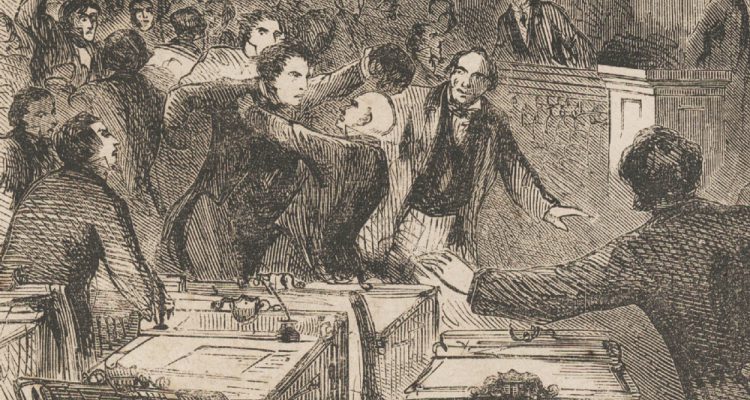By: Patrick W. Zimmerman
How good is your legislator at, you know, legislating?
Chances are……..they are not great. If your impression is that Congress is unmatched at making speeches and producing symbolic bills that never actually pass, then you’ve pretty much got it right. Of the 12,237 bills introduced by the 113th, 114th, and 115th Houses of Representatives (through Monday 8/20), only 1,508 of them even passed the lower chamber of Congress, 329 of which became law.
Know of too many other areas where a 2.9% success rate fetches $174,000/annum?
On the other hand, this might actually be a good thing and is partially by design; the whole point of a bicameral legislature and of executive and judicial checks on legislation is to moderate the flow of potential laws (specifically regarding taxes) coming out of the House. I mean, who knows what crazy ideas representatives elected directly by the people might come up with? {Insert obligatory reminder that Senators were not directly elected until 1913 and that the President still isn’t.}
The question
Who has been most effective at getting bills through the House of Reepresentatives, and then enacted as laws, over the last three Congresses (~5.5 years)?
The short-short version
No one has been what I’d call effective, but some representatives do significantly better than their peers. Unsurprisingly during three Republican-controlled Houses, the Republicans have overall done significantly better, averaging 4.9% of their cosponsored bills passing to 2.8% for the Democrats (the difference between those numbers and the overall average is that there is not a 1:1 matchup between bills and sponsors).
On the Republican side, Speaker-wannabe Kevin McCarthy (CA-23), picks his battles, only cosponsoring a mere 33 bills since 2013 but picking winners that passed the (Republican-controlled) House 72.7% of the time and became laws 24.2% of the time (in spite of either a Democratic President, Senate, or both during 4 of those 5.5 years). Next-most efficient is Xavier Becerra (D, CA-34, now the Attorney General of California and leading the state’s lawsuit attack on President Trump), whose 142 cosponsored bills became law 10.6% of the time.
Efficiency at getting bills through the House
Mouseover for details.
The difference here is about what you would expect for a Republican-dominated chamber. On bills that Democrats succeed at getting through the House, they almost always need at least some Republican help, which thus boosts those Republicans’ numbers.
After applying a Mann-Whitney U test, the results were significant at p < 0.00001 (U=942, z-score 17.1458, two-tailed).
Efficiency at getting bills enacted as laws
Mouseover for details.
Similarly to getting bills through the House of Representatives, the Republicans have a significant edge here. However, the overall numbers are much lower, befitting a task that not only needs to pass two houses of Congress but also survive a (potential) presidential veto.
After applying a Mann-Whitney U test, the results were significant at p < 0.00001 (U=6097, z-score 13.15876, two-tailed).
What bills has each rep cosponsored?
Want to know what certain representatives have been doing? Search or pick a name from the drop-down list.
Mouseover for details.
Methodological minutiae
First, as with all of our legislative projects, a big shout out goes to ProPublica’s Congress API, which I used to pull all the data on legislation and individual representatives. I first pulled a list of all 450 members of the 115th Congress (some seats have changed hands, and there are 6 non-voting members that can still sponsor and propose legislation), then chopped up the resulting json with a bash script and jq to create a simple text list of legislator IDs. I then used that list to pull all legislation sponsored or cosponsored by each legislator, going back to the 113th Congress (which is as far back as the API’s bills endpoint goes), which got chopped up by another bash script using jq to produce a nice big .csv file.
Since over 700,000 rows is a wee bit too big to use in Excel, I imported it into a MySQL database to merge the member and legislation data and calculate all the percentage score, then re-exported it to a .csv that Tableau can use to make dashboards (above).
What’s next
Are there clear communities within legislators? If I ran some social network analysis on this dataset, defining each legislator as a node and each cosponsorship as an edge, what communities would pop up? Are there cliques within parties (like, say, the Freedom Caucus), or do parties generally sponsor bills as one big happy family? The Problem Solvers Caucus drinks beer and eats tacos together, but do they write legislation across party lines, as well?
I have no idea. But I’m going to find out.

No Comments on "News flash: the House of Representatives is not great at passing laws"